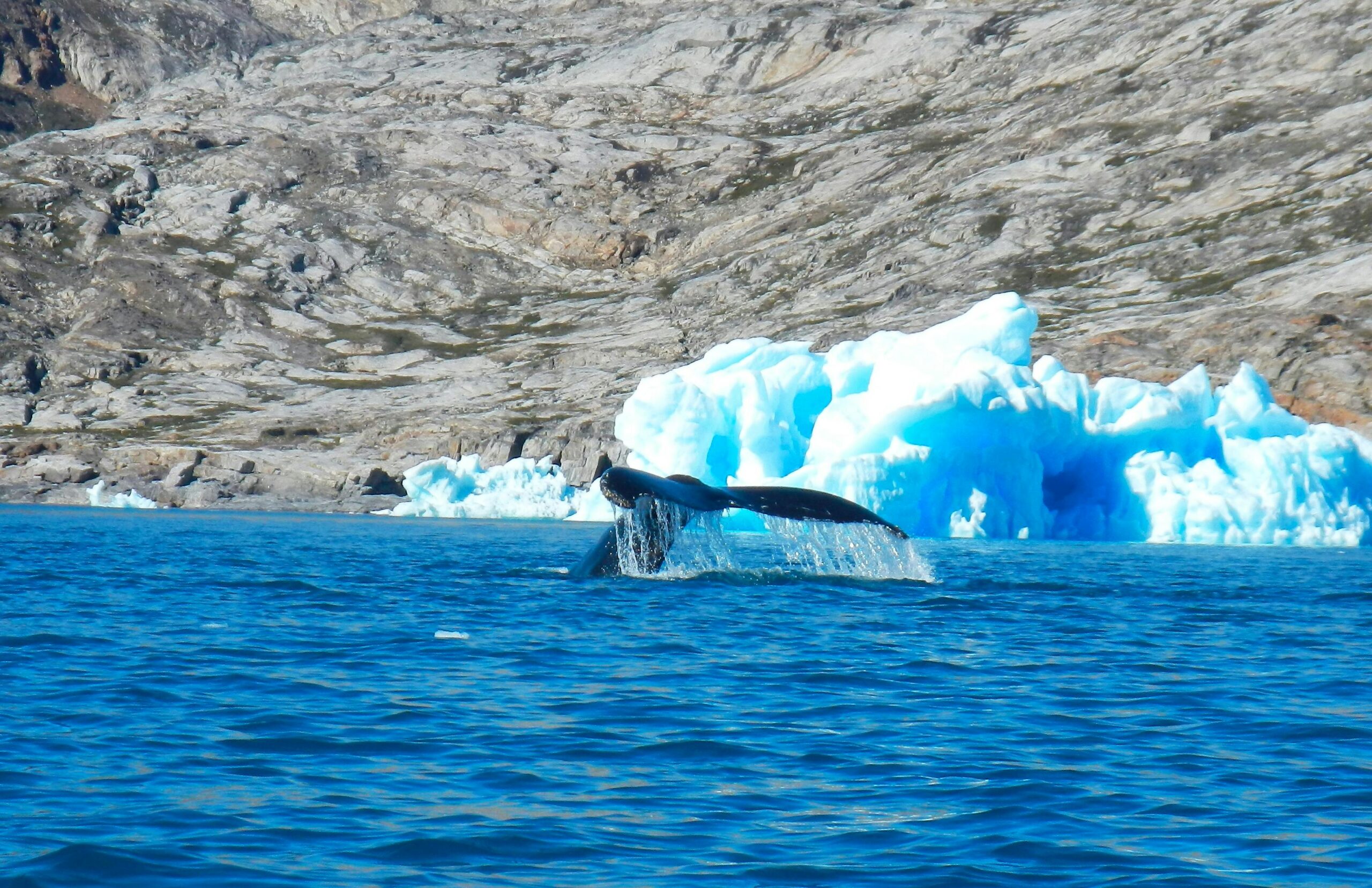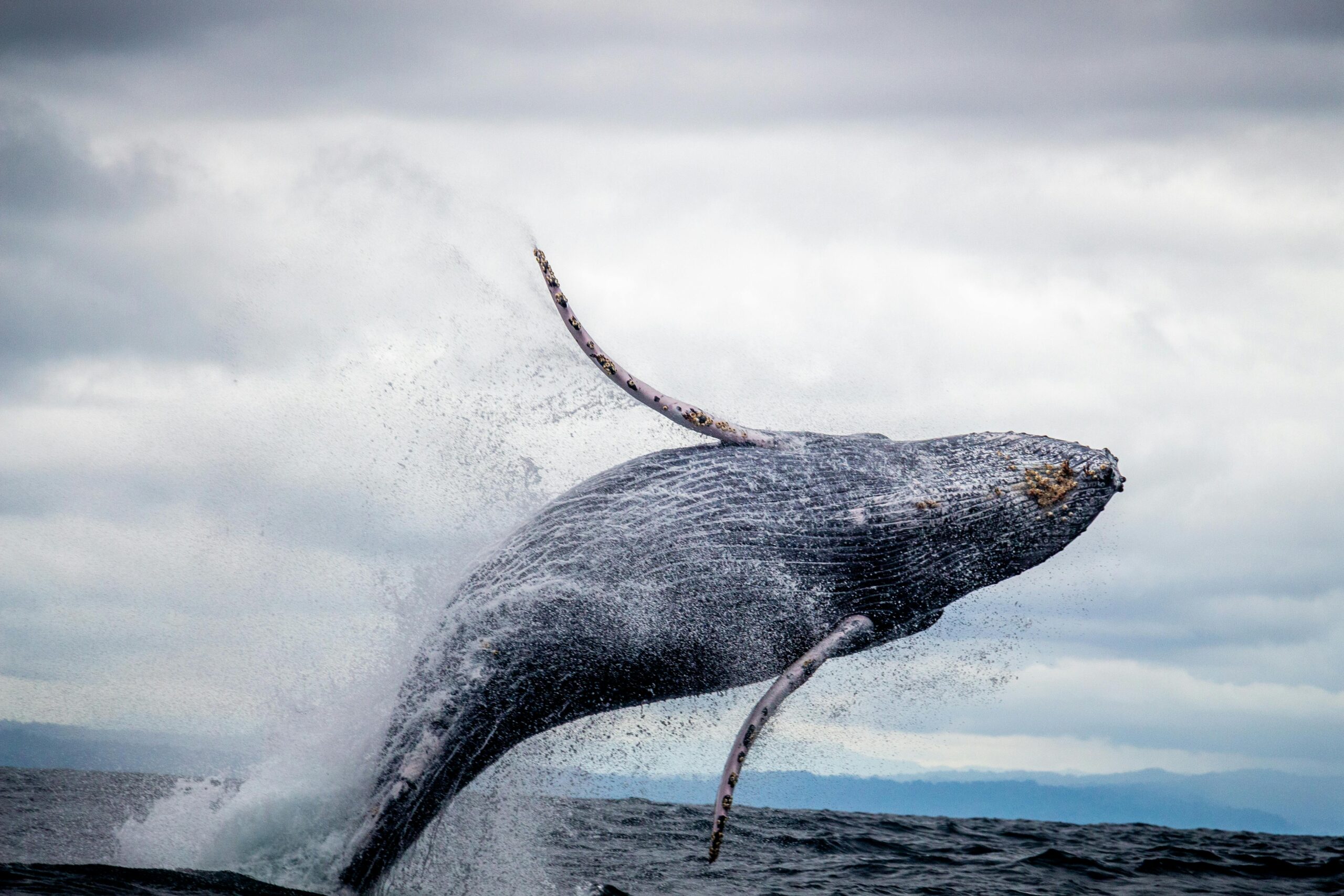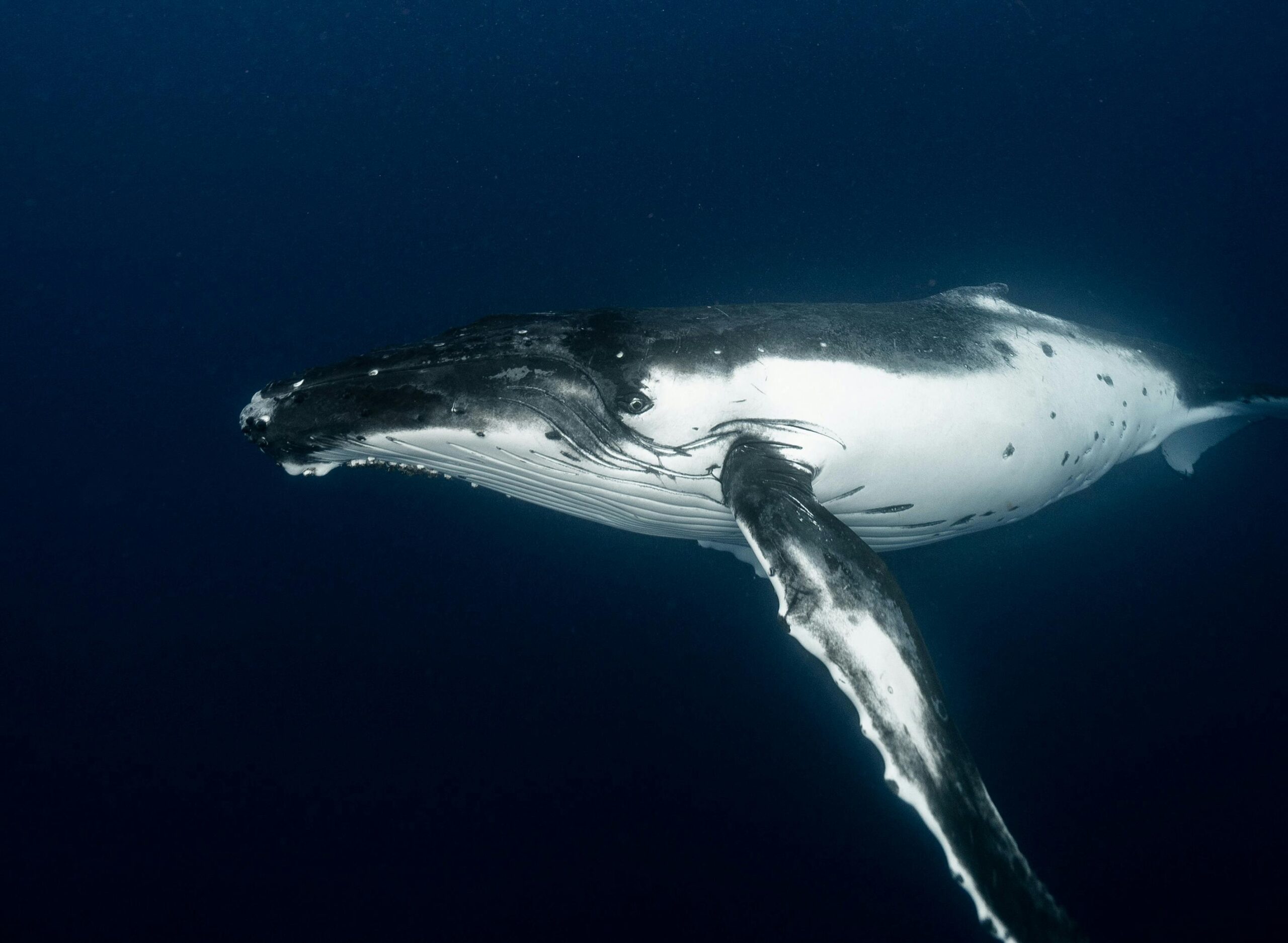Whale salami
Whale salami, a traditional food in some cultures, is made from the meat of whales, often mixed with spices and cured. It is a delicacy, particularly in parts of Norway and Iceland, where it is known for its rich, gamey flavor.
The taste
Whale salami has a rich, salty flavor with a gamey, oily, and slightly fishy aftertaste. It’s often compared to a cross between beef and tuna.
The Smell
Whale salami has a pungent, briny aroma, like the deep sea concentrated into a single, sharp scent. It’s an intensely savory smell, with a hint of oily richness.
The consistency
Whale salami is known to have a dense, gamey consistency, similar to other cured wild game meats. It is often described as a chewy and fibrous sausage.
The whale food
For thousands of years, whales have been a vital resource for humans, especially for indigenous communities living in coastal regions where traditional agriculture was not feasible. Early whaling, dating back to at least 3000 BCE, was often a matter of survival. Peoples like the Inuit in the Arctic mastered hunting techniques to secure a source of food, fuel, and materials. For them, a whale provided everything: meat for sustenance, blubber for fuel and light, sinews for cordage, and bones for tools and construction. This subsistence-based whaling continues in some remote cultures today, often with special regulations allowing them to maintain their traditions. Commercial whaling, however, began to take on a very different character. The Basques were among the first to develop a commercial industry in the 11th century, hunting the slow, docile North Atlantic right whales. As technology advanced, so did the scale of whaling. The 17th to the 19th centuries marked the height of commercial whaling, driven by a global demand for whale products. Whale oil was the primary prize, serving as lamp fuel, a lubricant for the machinery of the Industrial Revolution, and an ingredient in soaps, varnishes, and textiles. A special type of waxy oil, called spermaceti, found in the head of sperm whales, was particularly prized for making high-quality candles that burned with a bright, clean flame. Another incredibly valuable product from whales was baleen, often called “whalebone,” which is a flexible, keratin-based material found in the mouths of baleen whales. This was widely used in the fashion industry for corsets, skirt hoops, and umbrella ribs. The scent-fixing substance ambergris, occasionally found in the intestines of sperm whales, was also highly sought after for use in fine perfumes. By the late 19th and early 20th centuries, new technologies like steam-powered boats and exploding harpoons made it possible to hunt larger, faster species like blue and fin whales. This led to a catastrophic decline in whale populations. The discovery of petroleum in the mid-19th century provided a cheaper and more efficient alternative to whale oil, and the market for whale products began to change. However, in the 20th century, new uses emerged, including using whale oil to make margarine and nitroglycerin for explosives. While many cultures historically consumed whale meat, its role in the global food system today is a complex and controversial topic. For many indigenous communities, whale meat remains a fundamental part of their diet and cultural identity, used for subsistence and local consumption. In countries with a history of commercial whaling, like Japan, Norway, and Iceland, whale meat has at times been a significant part of the national diet. In post-World War II Japan, for example, whale meat was a crucial and inexpensive source of protein. However, polls in recent decades indicate that the consumption of whale meat has drastically declined in these countries, with a significant portion of the demand now coming from tourists seeking a “traditional” dish. The consumption of whale products today is also a subject of concern due to the high levels of toxins, such as mercury, that can accumulate in whale meat and blubber. Health advisories have been issued warning about the potential risks associated with its consumption, particularly for pregnant women and children. The global moratorium on commercial whaling, established by the International Whaling Commission (IWC) in 1986, has led to a significant reduction in the killing of whales. However, some countries, including Japan, Norway, and Iceland, continue to engage in whaling, with the meat often ending up in domestic markets. While whale meat is still available in these regions, it is no longer the widely consumed staple it once was, and its use remains a highly contentious issue globally.

Whale oil
Whale oil, often called “train oil” from the Dutch word “traan,” was one of the most valuable commodities in the world from the 17th to the 19th centuries.

Whale bones
Throughout history, whale bones were a remarkably versatile material, serving a myriad of purposes before the widespread use of plastics. Baleen, a flexible, keratinous substance, was not technically “bone” but was prized for its unique properties.

Whale salam
During our travels in Norway, we were intrigued to discover a local delicacy: whale salami. Contrary to what one might expect, this is a readily available product, not a hidden rarity. It can be found in almost every major supermarket and is a particularly popular item at tourist attractions, from souvenir shops in bustling city centers to small delis in fjords. We were eager to try it and purchased a package. To our surprise, the flavor of the whale salami was quite mild and did not taste at all like what we had imagined. The taste was surprisingly delicate, with a texture and flavor that reminded us more of high-quality salmon than of a typical red meat sausage. The smoky, slightly salty notes were delicious, and it was a fantastic addition to our lunches. This unique salami offered us an unexpected and memorable taste of Norway’s culinary heritage.
Whale
Whales vary drastically in size, weight, and longevity depending on the species. The largest animal ever, the blue whale , can reach up to 112 feet in length and weigh as much as 190 metric tons. The smallest whale, the dwarf sperm whale, is only about 8.5 feet long and weighs around 298 pounds. A blue whale can live for 80-90 years, similar to a humpback whale. An orca, or killer whale, has a lifespan of 50-90 years, while a beluga whale lives for 35-50 years. The lifespan of a dwarf sperm whale is unknown. Whales live exclusively in saltwater environments and can be found in every ocean. Some species, like the blue whale, are found globally, while others, such as the beluga whale, are restricted to specific regions like the Arctic and sub-Arctic. Many whale species undertake long annual migrations, traveling thousands of miles to find food and suitable breeding grounds. For example, humpback and gray whales migrate from colder feeding grounds in the summer to warmer waters in the winter to give birth. Some whale species, like the bowhead whale, live their entire lives in the frigid Arctic and sub-Arctic waters. They have a very thick layer of blubber to insulate them from the cold.